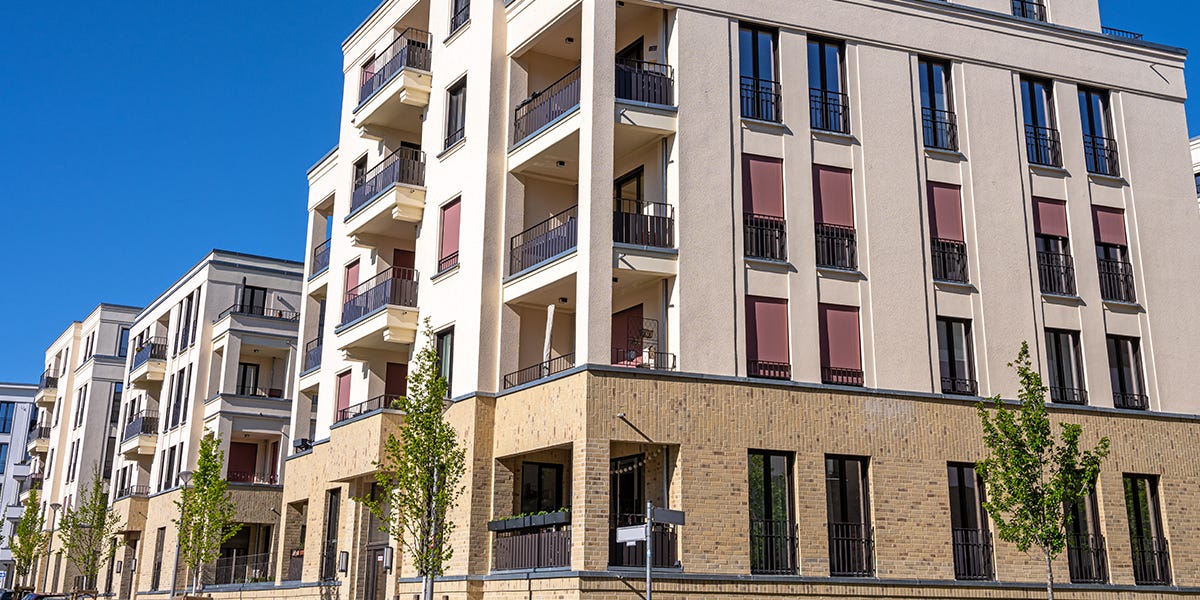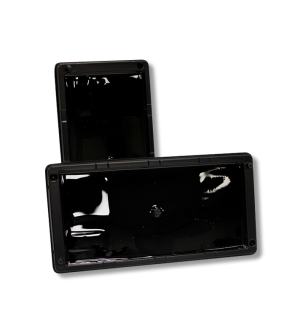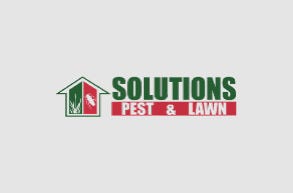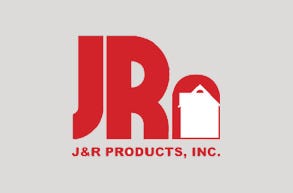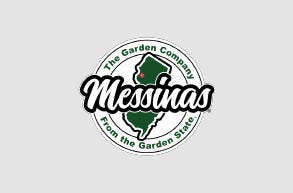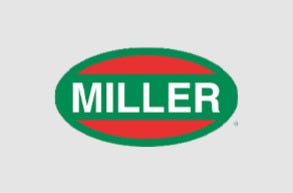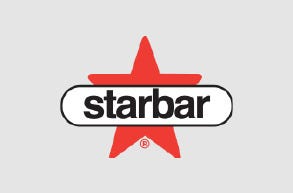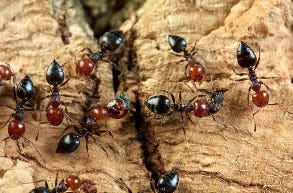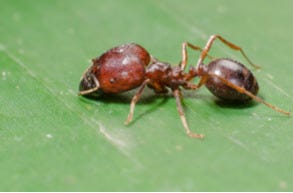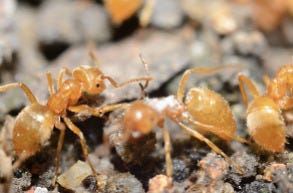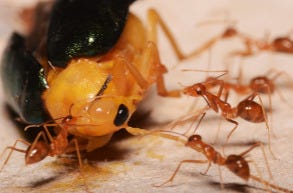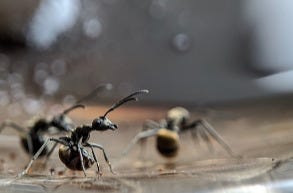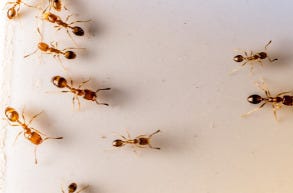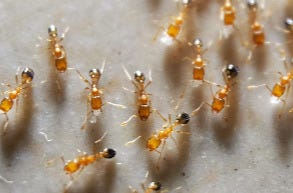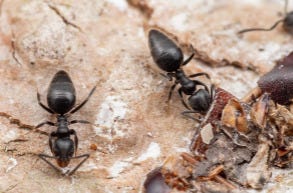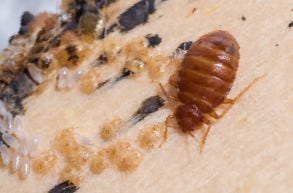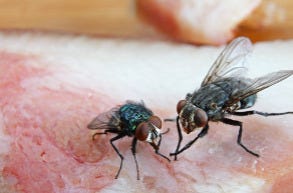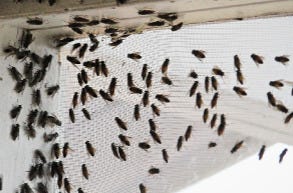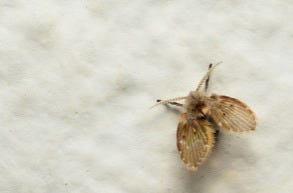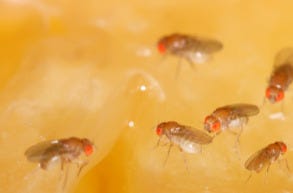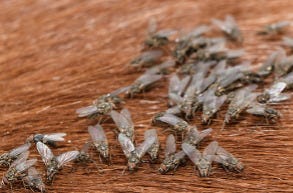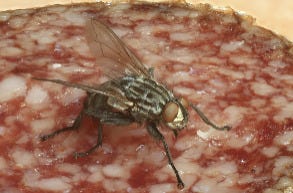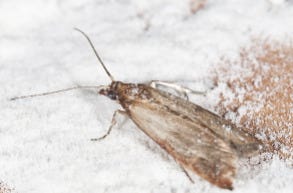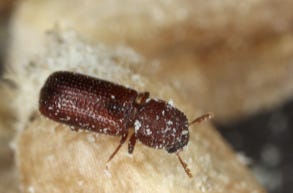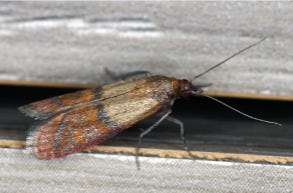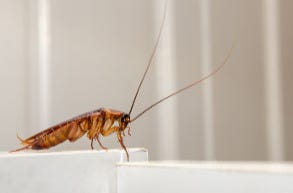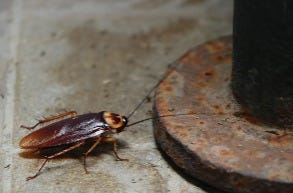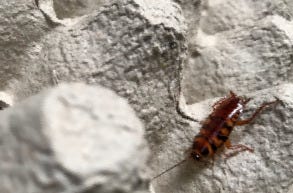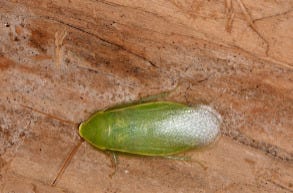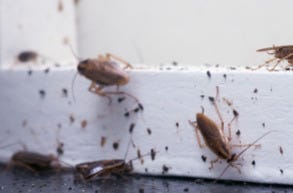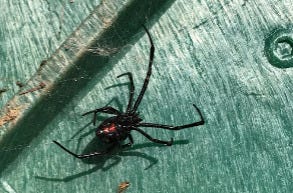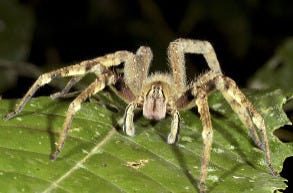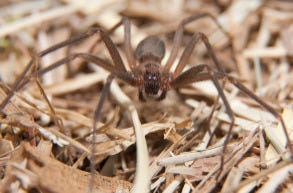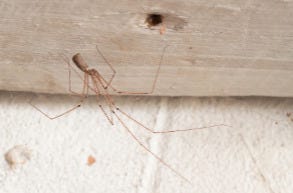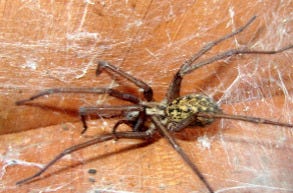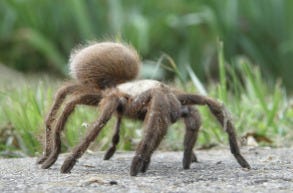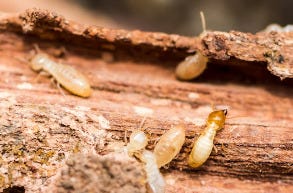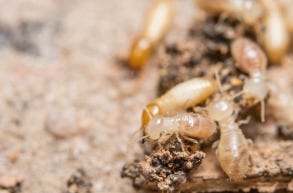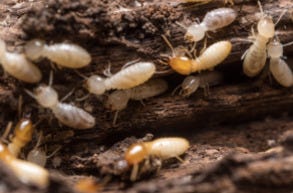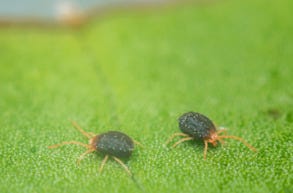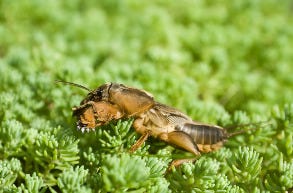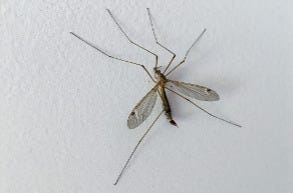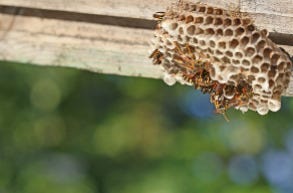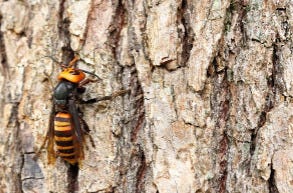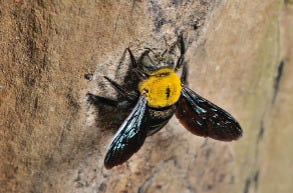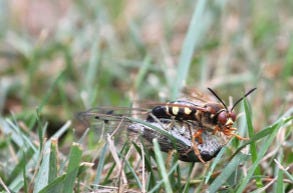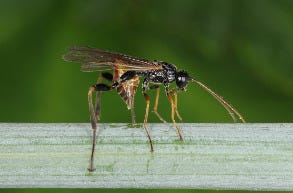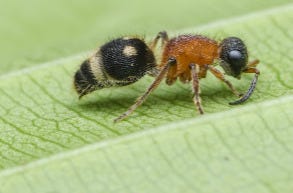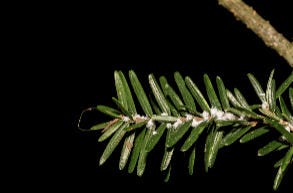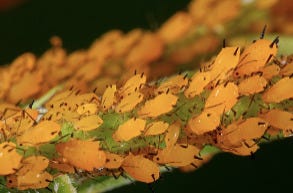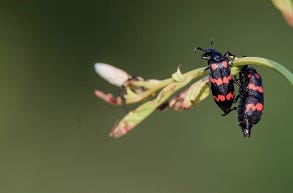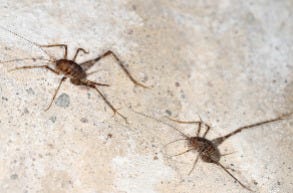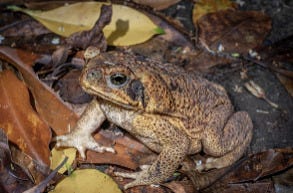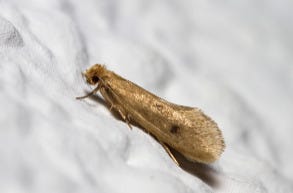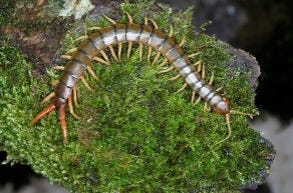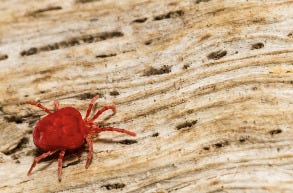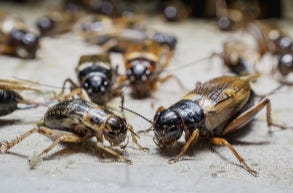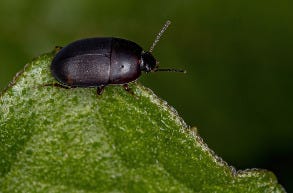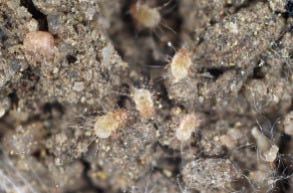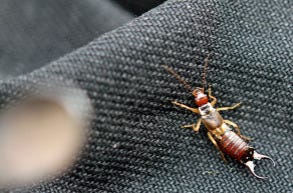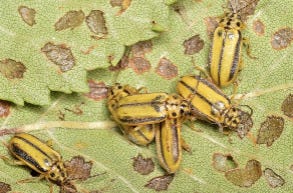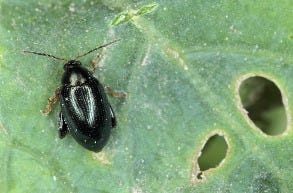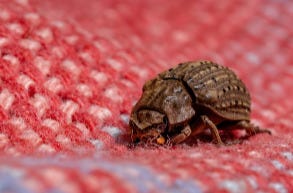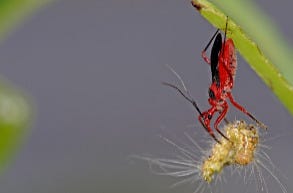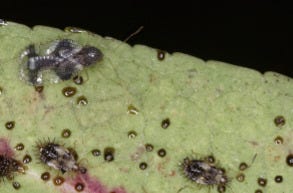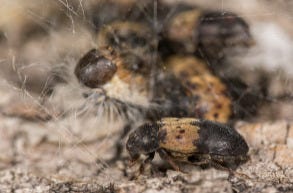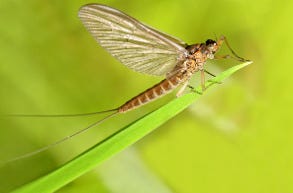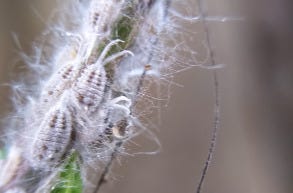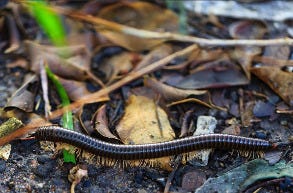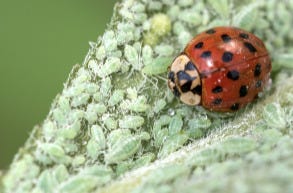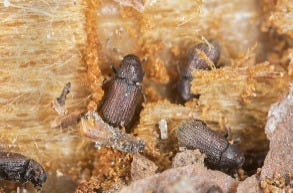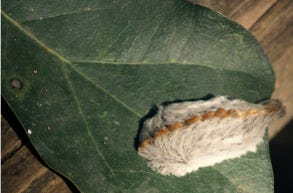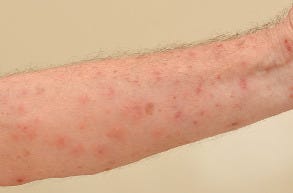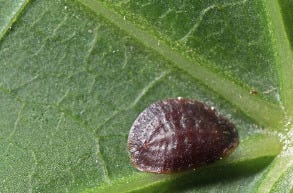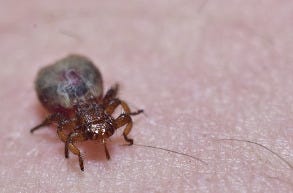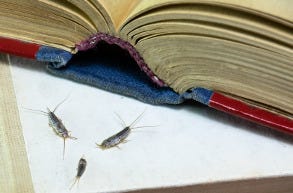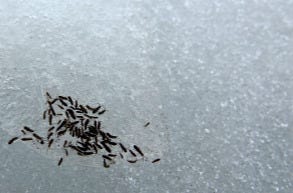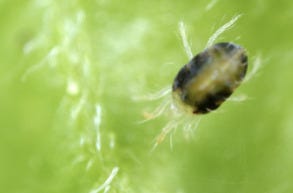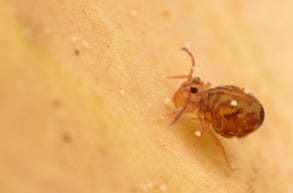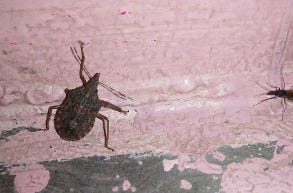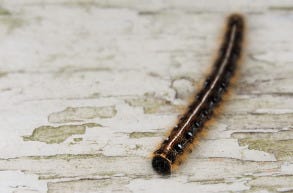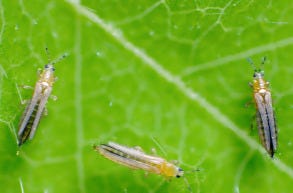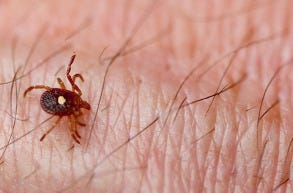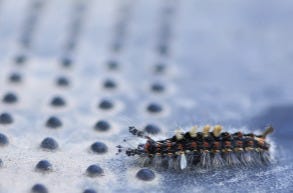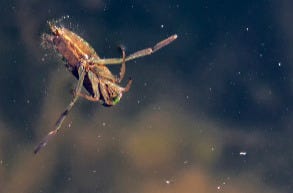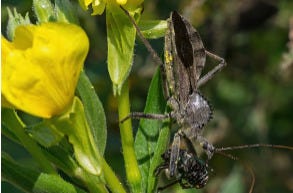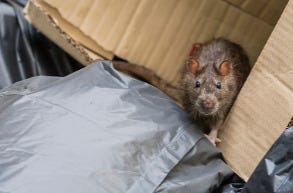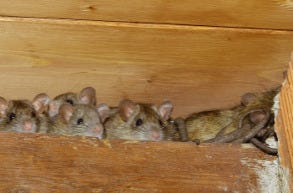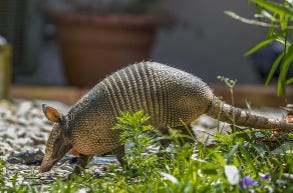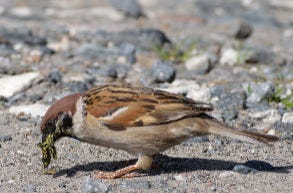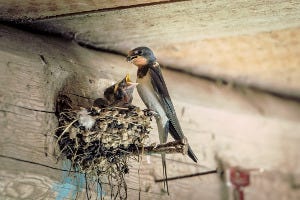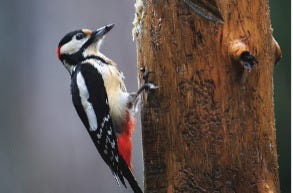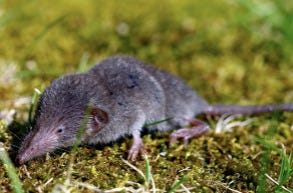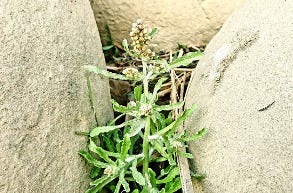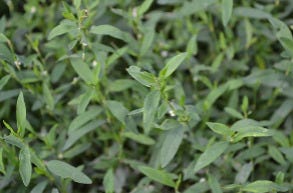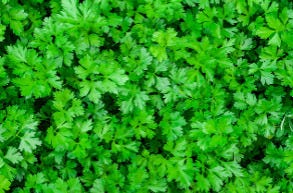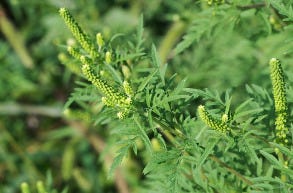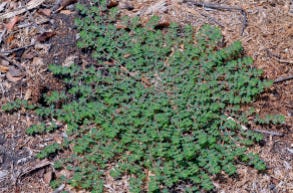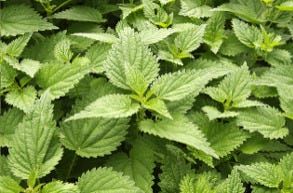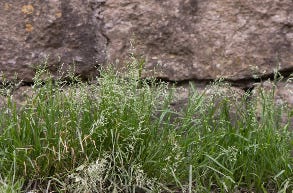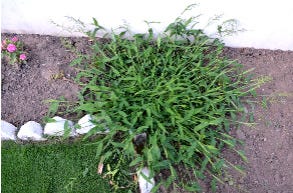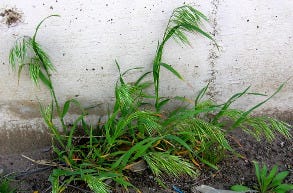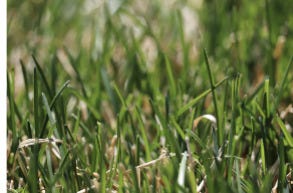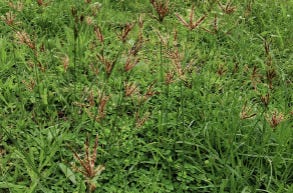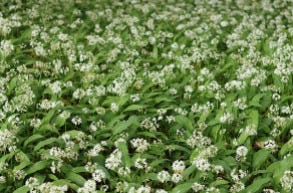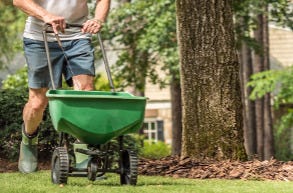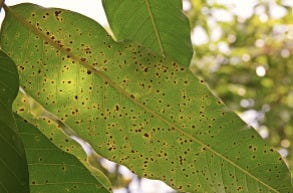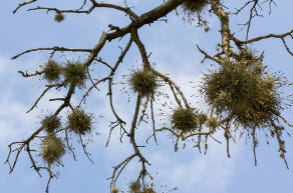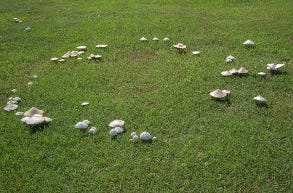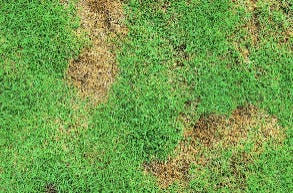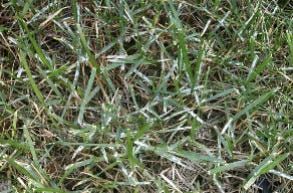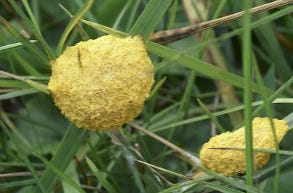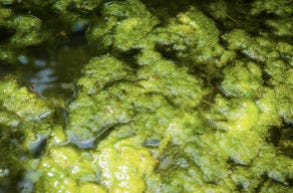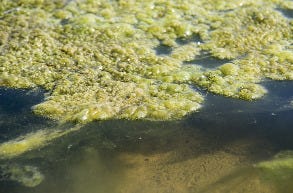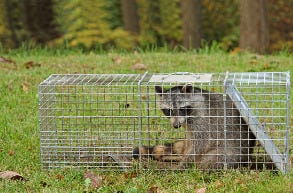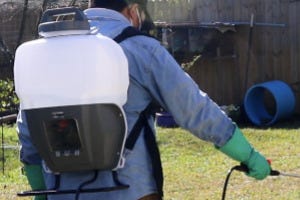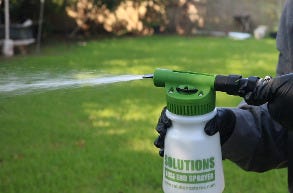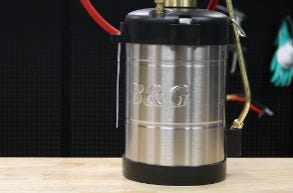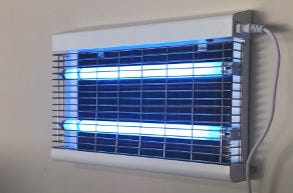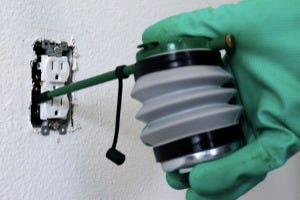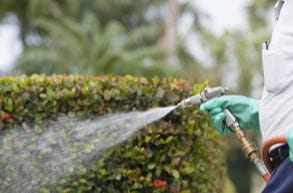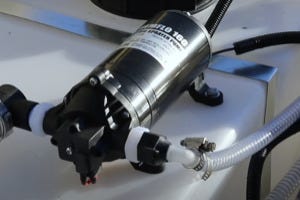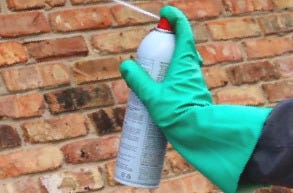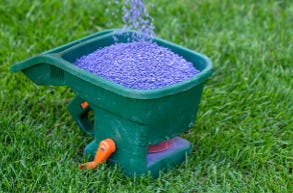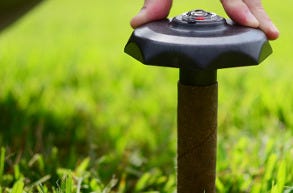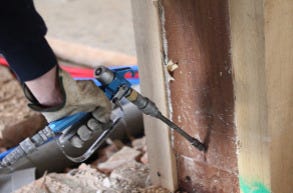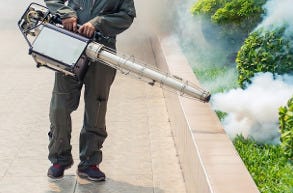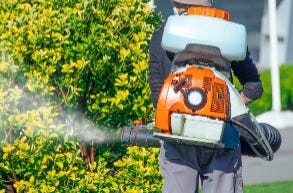How to Get Rid of Rodents Around Apartments
Most Effective Products
How to Get Rid of Rodents Around Apartments
This page is a general DIY article that discusses rat and mice infestations around apartments complexes. Throughout this article, apartment landlords will find links to effective pest control, professional products, and recommended steps to prevent and eliminate rodents dwelling on your apartment building.
Mice and rats are considered to be one of the most common and exasperating pests for apartment landlords to handle. Rodents tend to thrive and adapt to multiple environments, especially ones that have confined spaces like wall insulation or air vents, high amount of food contents such as crumbs or open packaging, and multiple points of entry like pipes and plumbing.
Unfortunately, all these conditions can be found in apartment settings. Besides being able to travel easily to each apartment unit these pests can also increase their populations in as little as 3 weeks up to 5 to 10 times per year. It should be noted that treating rodents around the perimeter of your apartment building will not have a high success rate if one unit is supporting these pests conditions.
Fortunately, rodent populations can be controlled by open and direct communication between you and your tenants and ensuring that preventative measures are taken to reduce rat and mice populations. By following this DIY guide, you will learn as a landlord how to ensure rodent activity and populations are decreased through our recommended products and steps.
Inspect Property For Rodent Activity

Apartment Managers will need to inspect properties for potential sites of rodent activity as these are year-long pests. Typically, the fall and winter season may see an increase of mice and rat populations due to decrease in warm temperatures and food sources. Once inside your building these pests will quickly make themselves at home within your residents furniture, kitchen, and bathroom areas.
Rodents have the ability to contort themselves into the smallest of openings such as underneath door and window frames, pipes, chimney, and cracks and voids in the exterior and interior of apartment walls. Complexes that have rodent activity will contain oil rub marks along the walls, droppings, chewing or scratch marks along cardboard, paper, and fiber surfaces, walls, furniture, and cable wires.
All cracks and crevices found should be sealed with copper mesh then caulk to prevent rodents and other types of pests from invading your complex. Copper mesh is suggested because rodents cannot easily chew away at the material without harming their teeth. You will also need to treat any sources of moisture such as leaky pipes as this is another attractant for rodents, cockroaches, and ants.
Monitor Regularly

Waiting for notice from your tenants can become a costly repair as one sign of a rodent is usually an indication of higher infestation. Instead of waiting for evidence from apartment renters you should conduct regular inspection of the areas previously mentioned.
You may do this by observing rodent droppings or placing Solutions Rat and Mouse Glue Tray. This product is recommended for indoor spaces to lessen the chances of tenants and their pets from coming into contact with the glue. Solutions Rat and Mouse Glue Tray is a pre-baited trap that will capture numerous rodents and crawling pests like cockroaches before needing to be replaced. We recommend checking your traps every 2 to 3 business days and moving them if there has been no sign of pest in traps.
Outdoor sites such as around dumpsters should be treated with bait products like Eratication Rodent Bait while inside a tamper proof rodent station such as Solutions Rat and Mouse Bait Station. Remember by law that most rodenticide bait products must be used with a tamper resistant bait station. It should also be noted that the risk of using a rodent bait inside an apartment complex leads to the risk of the rodent dying within or underneath walls and insulation.
Before using or placing any rodent control products you will need to wear the appropriate personal protective equipment (PPE) such as gloves. Wearing gloves while handling these products will mask your scent to rodents and help to not scare them away from traps.
Remove Available Food Sources

While you cannot always inspect the amount of food debris and trash left inside apartment units you can control the outside conditions of your apartment building. This can be done by keeping your outdoor trashcans and dumpsters sealed. Exposed trash is an enticing invitation for not only rodents, but also raccoons and opossums.
Regularly walk around the perimeter of your property to ensure that no trash residue is being left in the parking lot, area surround the dumpster, and against the foundation. If these conditions cannot be maintained then it is recommended to move your dumpsters several feet away from apartment. Be prepared as this is not a permanent solution without the aid of your tenants.
Apartment renters can perform their part by wiping down counter surfaces of crumps or food residue, sealing trash bags and cans, and storing food in plastic containers. Outdoor trashcans should be cleared before becoming full as this increases the amount of pest activity on your property.
Eliminate Overgrown Foliage

Rodents may also be attracted to your property due to the amount of potential hiding spots. Overgrown shrubs, trees, and grass serve as a hiding spot for rodents and insect pests. Rats and mice can travel across multiple surfaces with their long tails and claws. These features help rodents like the Norway Rat travel across extending tree branches to apartment buildings more easily.
Grasses with a height of 3 inches or more may be mowed by your landscaper. For shrubs and tree branches, you will need to prune with light or heavy-duty pruners to cut the stems as close to the base of the plant. Avoid cutting into the trunk of the tree to reduce chances of stress and to encourage continuous growth.
Key Takeaways
How to Rodent Proof Your Apartment Building
- Seal all cracks, crevices, and voids on the outside and inside of your apartment foundation, including the walls within apartment unit with copper mesh and caulk. Continually lay out Solutions Rat and Mouse Glue Tray, Eratication Rodent Bait, and Solutions Rat and Mouse Bait Station.
How Often Should Apartments Be Treated for Pests
- We recommend a daily inspection and treatment for rodent activity and signs as one mouse or rat could suggest a larger infestation.
Preventing Rodent Infestations
- What can be done to prevent mouse and rat infestations is to maintain cleaning habits, store food in plastic containers, and dispose of trash before bins become full. Continually inspect property for cracks, crevices, overgrown foliage, and moisture issues and treating these areas within a quick time frame.
